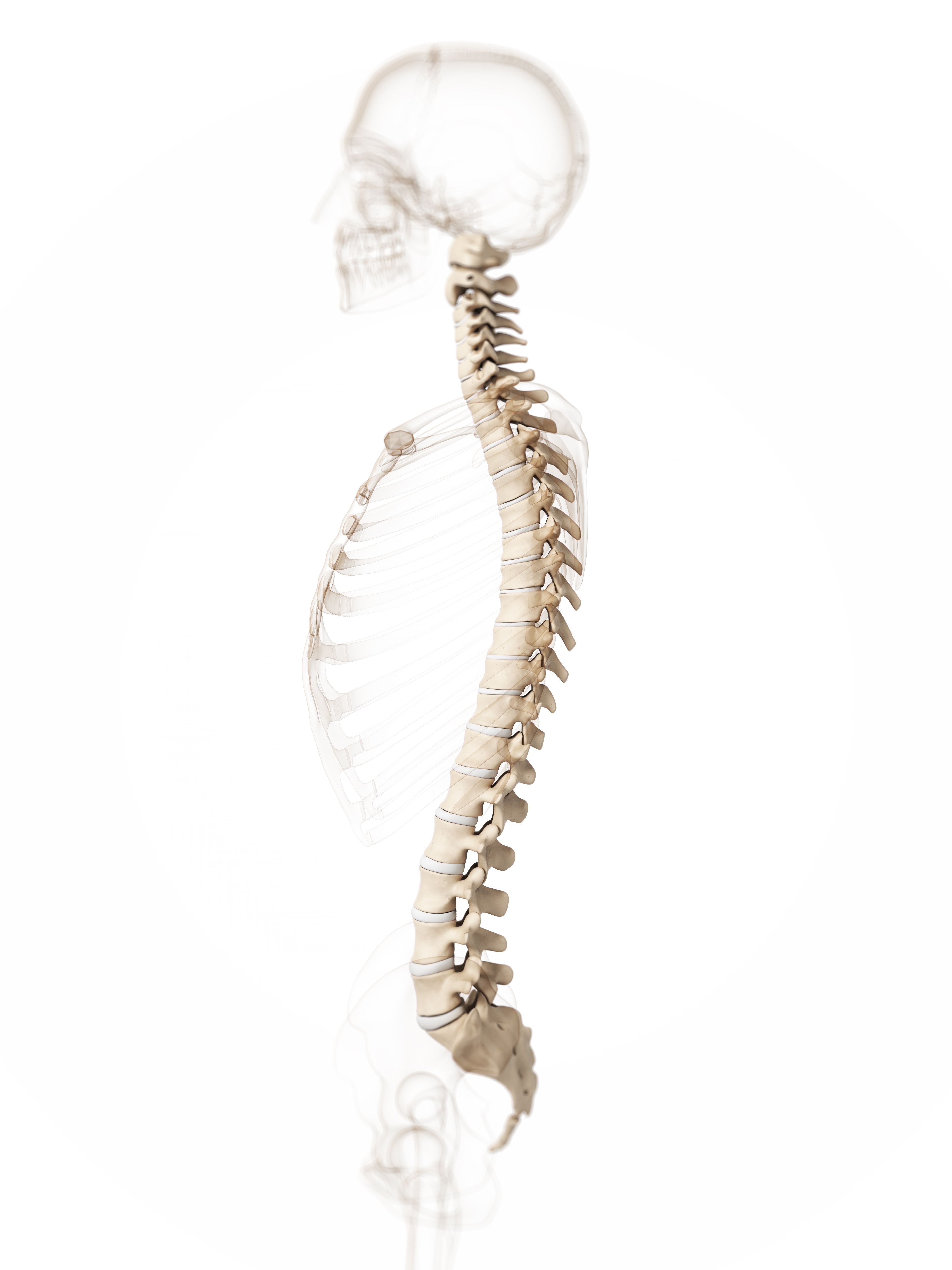Crack Your Back, But Watch Yourself

If you've been working from home more or completely since the Covid pandemic began, you may be one of the many people starting to suffer from back and neck pain or discomfort. The New York Times, Wall Street Journal, and dozens of news outlets around the world have reported on the surging problem of spinal issues since people are working for hours on end in makeshift workstations at home that aren't fit for good posture. Maybe you find yourself sitting on your couch with your laptop in your lap, or you're sitting at your kitchen table in a rigid wooden chair with no cushion. These kinds of home workstations could be damaging your bones and tissues.
Chiropractic care may be one path you can take to correct the damage. Chiropractic is the adjustment of the musculoskeletal and neuromuscular systems—systems that can affect several other areas of the body.
I began seeing a chiropractor at the age of 31 because my back would ache and feel like it had a massive amount of pressure in it after standing for a few hours at a time. That pain could even happen after just 20 or so minutes when vacuuming or lifting. The x-rays of my spine taken by my chiropractor showed that I had scoliosis in my mid-to-lower spine that was causing the discomfort. But after a few visits, I could stand with no pain or pressure for long periods of time, which was incredibly liberating and
a relief.
When I feel pressure start to build again, or when I know that it might be coming soon, I make an appointment just to maintain my comfort. That happens once a month or every other month, depending on what kind of physical activity I've been doing lately. Digging a trench in my yard definitely called for a sooner-than-normal appointment, but I was amazed at how much I was able to dig with really no pain when I couldn't even comfortably stand just months previously. Getting regular chiropractic care also improved my mood because I wasn't constantly uncomfortable. It's like I didn't even realize how much pain my back was in until that pain was gone, and I felt more physically fluid and less stressed out.
Chiropractic care mostly involves spinal adjustments to correct subluxation (misalignments of the spine that compress and irritate nerve pathways). Your first visit to a chiropractor will likely involve a detailed discussion about where you're experiencing pain, pressure, or numbness and some simple exercises to assess mobility as well as palpations. Then you'll probably have x-rays taken of the mid-section to see if you have an issue like scoliosis.
During a session, some chiropractors will relax the muscles before an adjustment by having you lie on a heating pad and/or electronic massager for a few minutes. The chiropractor will then have you lie on a specialty table for the adjustments. Depending on your particular ailment, the chiropractor will move your body and apply pressure in such a way as to adjust your spine or other joints. The adjustments themselves can sound loud and frightening but are safe and therapeutic. You should not experience pain, but you may have some soreness after a session as your muscles adjust.
Chiropractic adjustments restore mobility of joints where tissue has been damaged from traumatic events such as car crashes, injuries, having regular bad posture, or a condition like scoliosis. Tissues in and around the joints become inflamed or diminished, and adjustments relieve those tissues of built-up pressure.
Regular chiropractic care can improve mobility of the spine and other joints, including the hips, knees, and shoulders. As a result, the muscles around or connected to those areas through the neuromuscular system can become looser and less restricted.
Because the nervous system can function more efficiently when the adjustments release built-up pressure around the spine and spinal cord, your circulatory system can function better as well. Many chiropractic patients report feeling better overall, feeling healthier, and feeling like their other systems, such as cognitive function, seem to be better. It can help with headaches, including migraines, for that same reason.

If you are working at home, or feel that you need to make a change in your office workspace to correct bad posture, there are steps you can take to make things a little easier on your spine. Don't work from the couch for hours on end. It doesn't give you proper back support. Invest in a desk and office chair or just invest in an office chair that you can use at a table of proper height, such as a dining room table. Use a standing desk or place your computer on a bar-top-height surface to work from standing up.
Proper ergonomic posture includes sitting or standing with your forearms parallel to the floor. Your thighs should also be parallel to the floor if you're sitting. Computer screens should be at eye level so you're not looking downward and straining your neck. You can elevate your computer with a simple stack of books. You should sit in a position where your ears are in line with your shoulders and your shoulders are in line with your hips. Use a mouse instead of your laptop's touchpad, so as not to hold your arm at an unnatural position in front of your body.
To further help your body maintain fluidity, walk around from time to time to avoid sitting in one position for long periods. Also, sitting near a natural light source can improve mood and energy levels. Taking time to stretch your body and managing your stress as much as possible are also recommended.
Chiropractic care may be what you need to get that pain out of your back.

